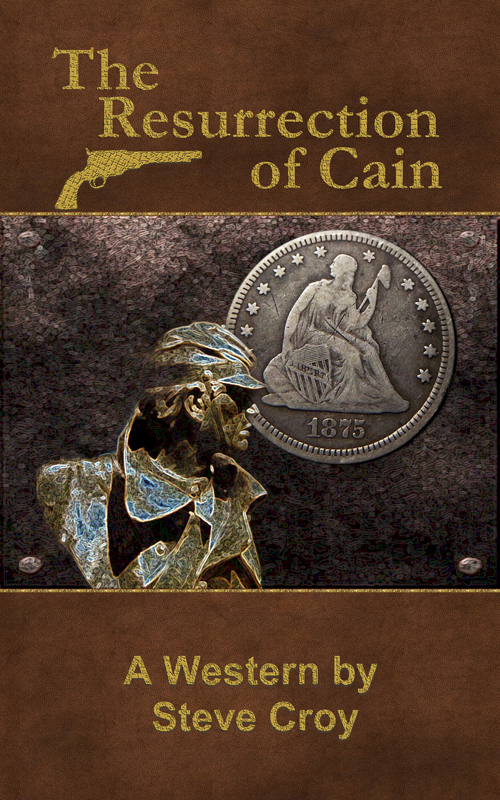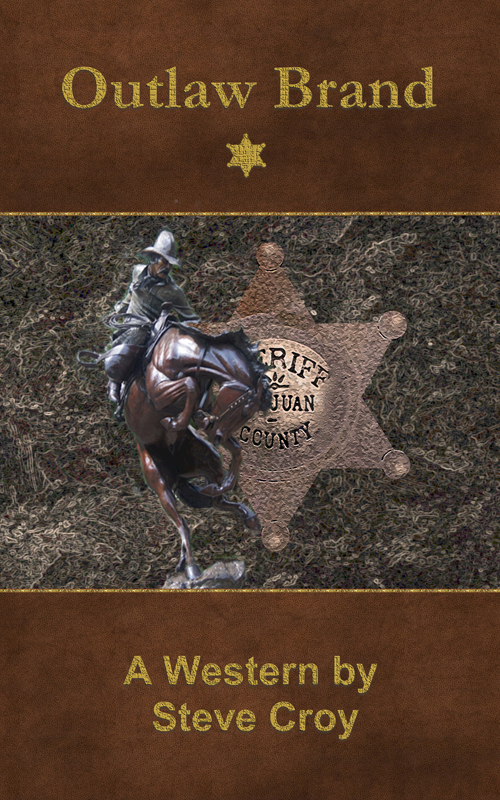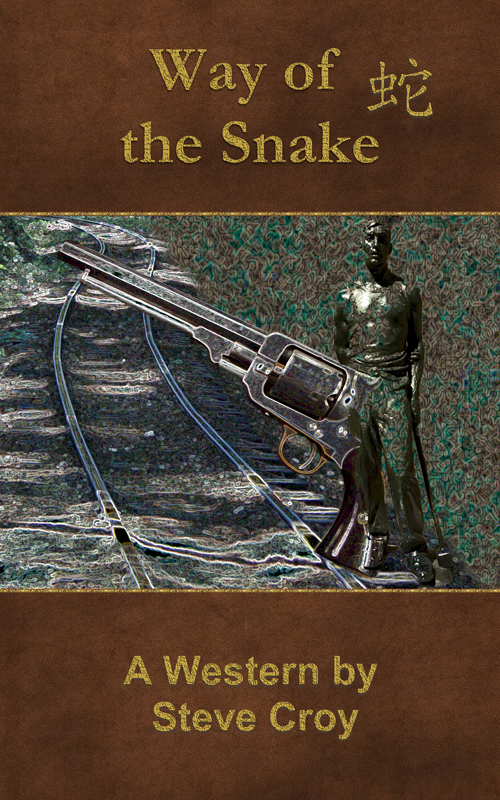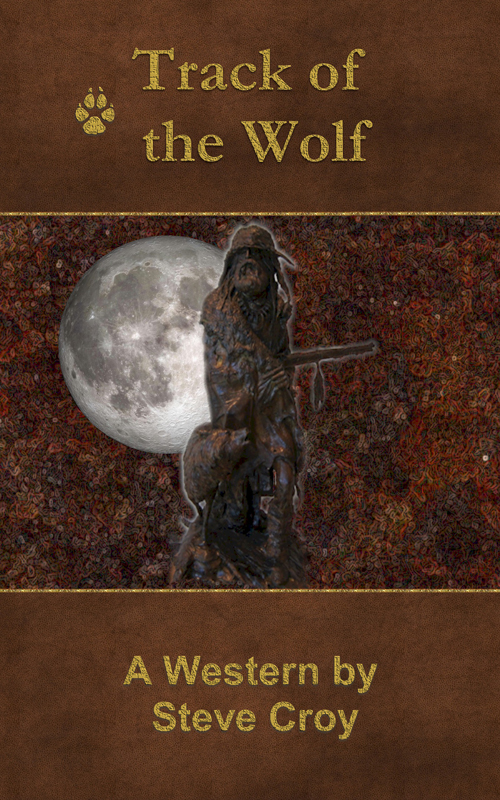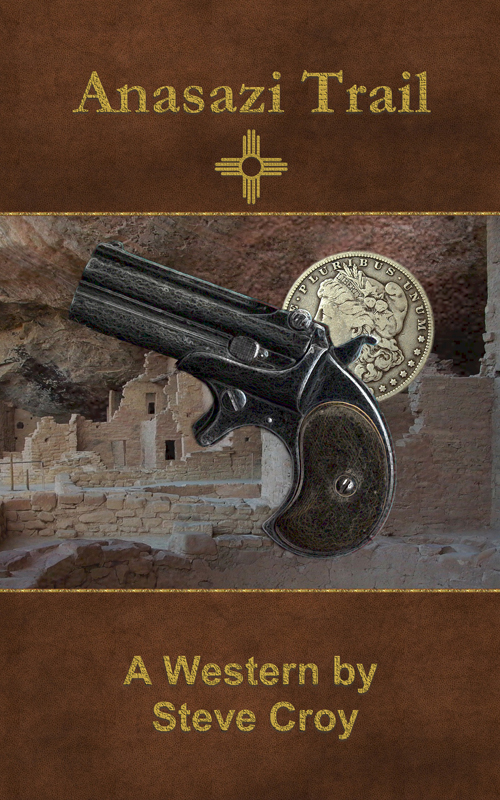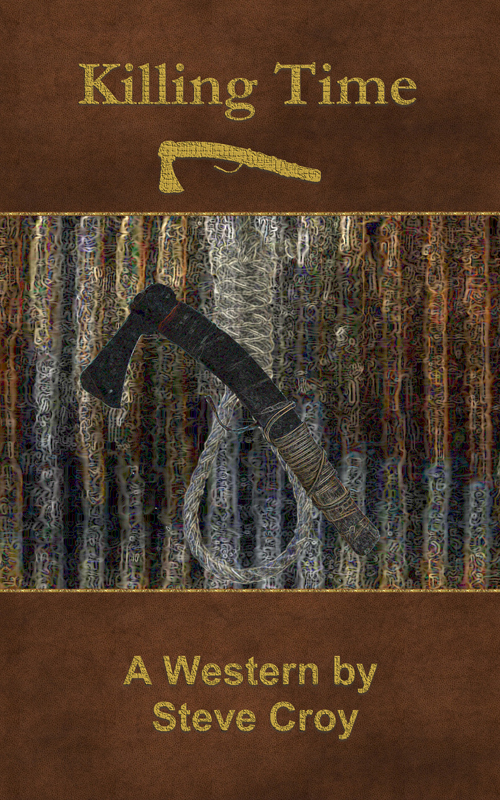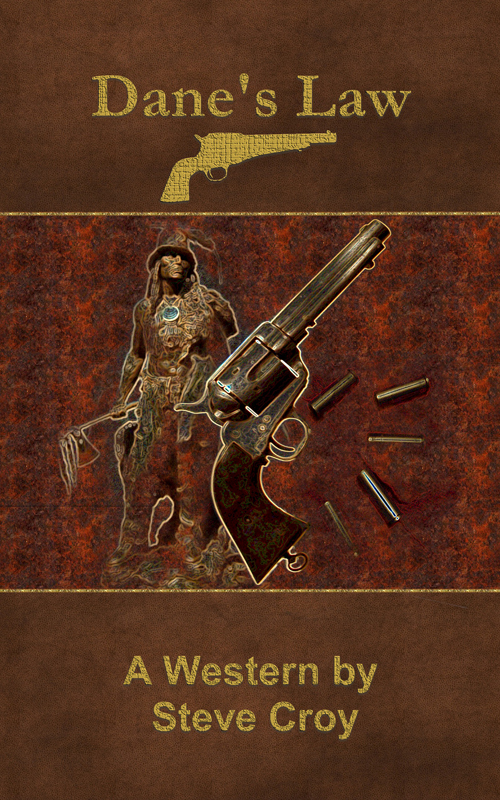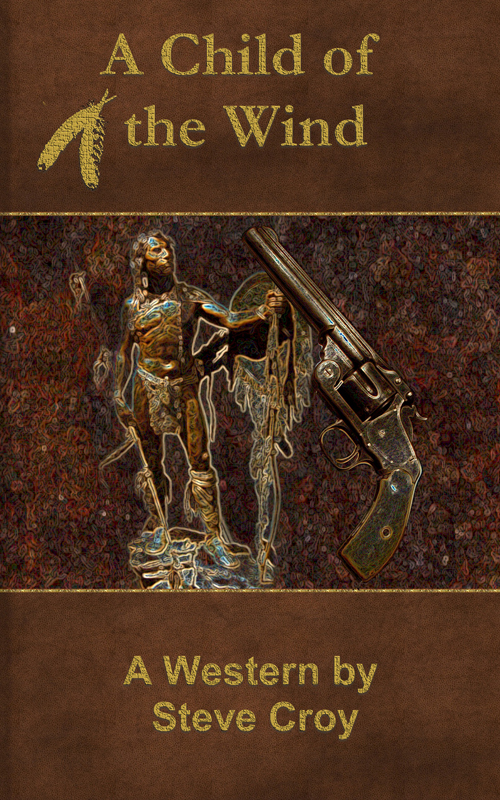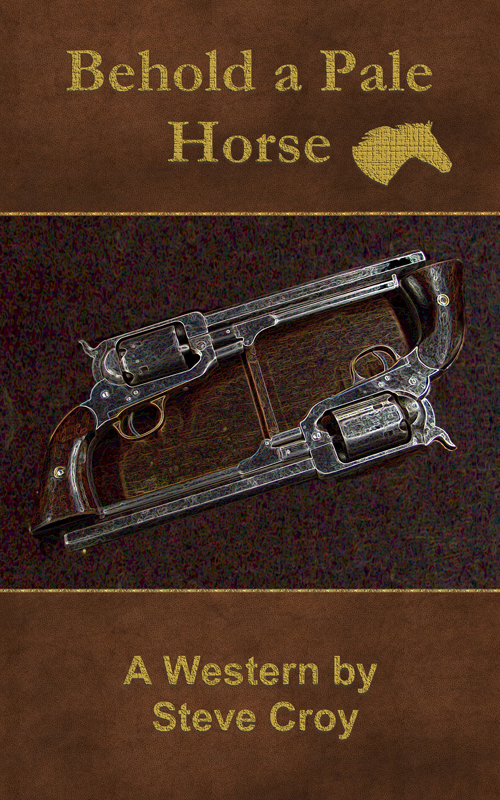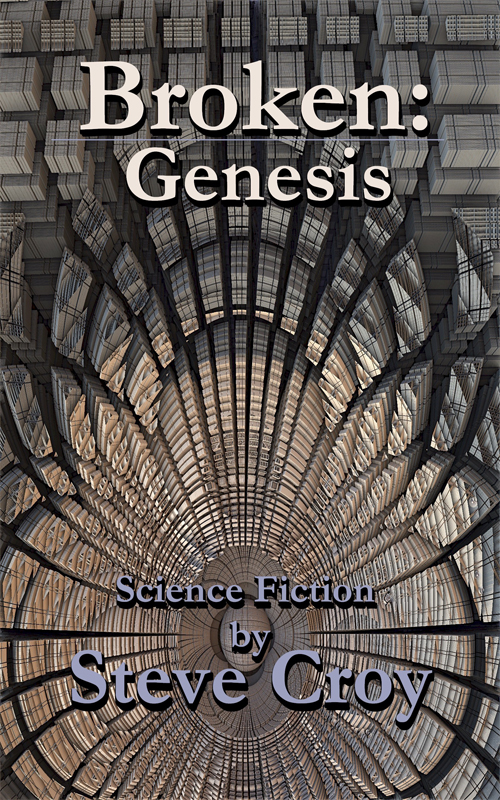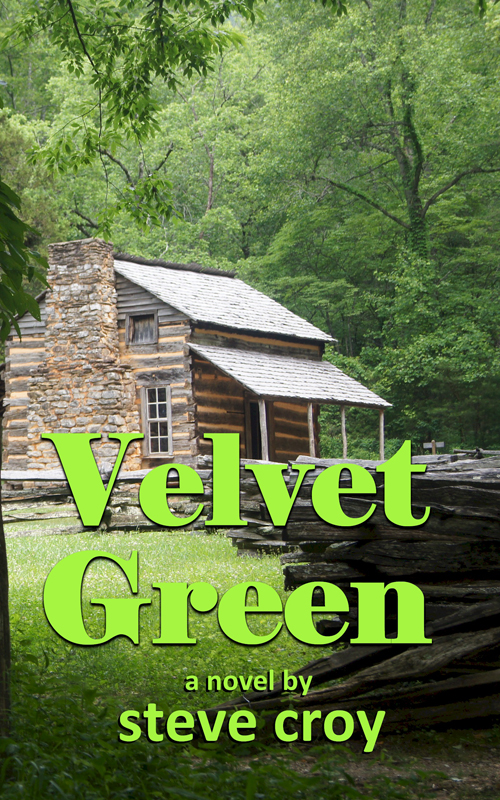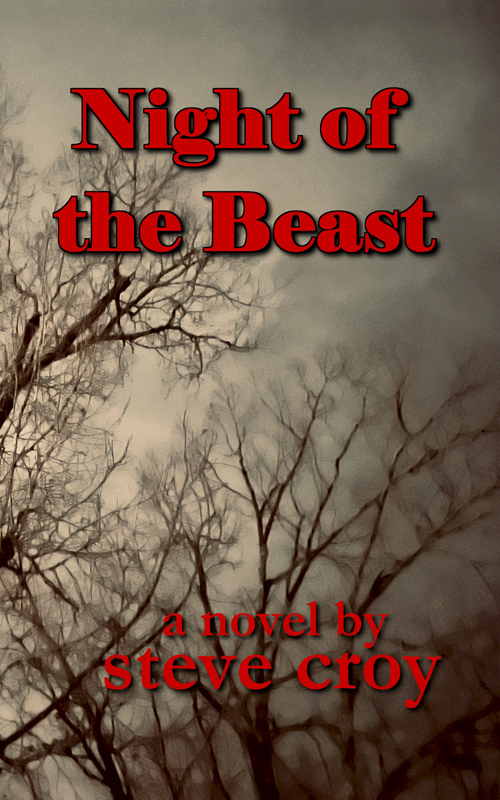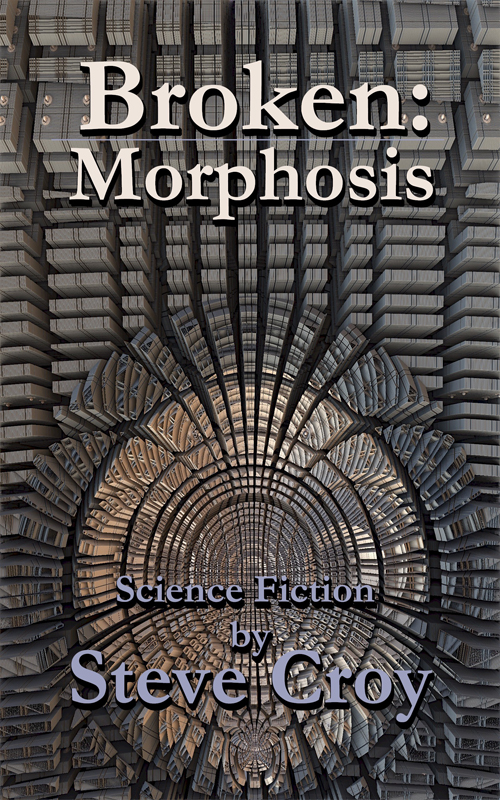The Resurrection of Cain
Jorge Morales tugged on his sleeve and cautioned, "Go easy Deuce. That's Cain Blackman." Pecos turned and took a harder look at the rider on the mule. Little Bill clenched his fists and wished he was closer to the rifle on his saddle. Deuce lost a little of his swagger, but didn't want to appear to back down in front of Morales and the Diamond-S boys.
"'That true? Are you Cain Blackman?" Cain just stared at Deuce with a strange light flooding into his eyes and there seemed to be a sudden tension in his body. "I heard you killed a couple of cowboys up near the Hole in the Wall," said Deuce.
"Nothin' wrong with your hearing, then," Cain responded shortly. Little Bill had to laugh, causing Carlisle's face to turn red. Deuce looked like he wanted to say something, but thought better of it after a look at Cain Blackman's scarred face and the strange light playing in his eyes. He wheeled his horse, and he and Morales headed back toward the Anchor spread. Cain watched them go, then turned his attention to Pecos and Little Bill.
Little Bill, who had a history of allowing curiosity to overwhelm common sense piped up. "How many men have you killed?" Riano looked at him in shock, and Little Bill had the grace to look down, abashed.
Cain swung down out of the saddle and in a flat voice replied, "Just shot and killed or should I include the two I beat to death with an axe handle?"
Little Bill's mouth dropped open and Pecos started to chuckle until he noticed that tied to the cantle of the saddle was a dark-stained hickory axe handle. His mouth went dry and for a moment he had the thought that Little Bill's quick tongue was going to get both of them killed.






In February 1864, the Confederate States of America opened a POW camp that originally covered about 16.5 acres. It was enclosed by a 15-foot high stockade made of rough-hewn logs. A fence known as "the dead line" was erected approximately 19 feet within the borders of the grim stockade walls. It demarcated a no-man's land designed to keep prisoners away from the stockade wall. Any man crossing or even touching this "dead line" was shot without warning by sentries in the watch towers. Before the conflict ended, nearly 13,000 men died at Andersonville.
Caleb Blackwell is thrust into a man-made version of hell when he is marched into Camp Sumter, a Confederate prison near Andersonville, Georgia. He is forced to become a different man than the son of a farmer that he was before the war. After killing a fellow prisoner a number of inmates began calling Caleb, Cain, for killing his brother in arms. Once the war was over, Caleb returns to Missouri trying to take up the life of a farmer--building a cabin, taking a wife, and tilling the land. Plowing is not an easy task, but Caleb finds it not as difficult as dealing with the ghosts of his past.



The pistol in the silhoutte on the front cover is an image of a reproduction of an 1847 Colt Walker .44 revolver. Portrayed in the novel, the original was designed by Colt at the request of Captain Walker of the Texas Rangers. It is a black powder, cap and ball percussion weapon. When it was introduced, it was the most powerful handgun manufactured. It held that title until 1937, when the .357 magnum was produced.
Order Now!
Click on the image for a larger view of the front cover art. Click on a button to order the Kindle version, Nook version or the Paperback edition of the story today! If you have read the book, let me know if you enjoyed the story. It is simple to do; just click on this link to fill out a review. Thanks!
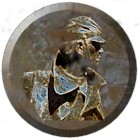
The image of the of the soldier on the cover was created from a digital photo of a bronze bust on display at the Booth Museum in Cartersville, Georgia.
The Resurrection of Cain is only one of the westerns in the library. For more tales of the west, try the novel Killing Time or Behold a Pale Horse. Happy reading! - SC
